New Hampshire, which is known as the Granite State, is a small state in northern New England that borders Maine, Canada, Massachusetts, and Vermont.
New Hampshire offers many areas of untouched nature and some incredible skiing but only 16 miles of coastline between Massachusetts and Maine’s Atlantic Coast.
New Hampshire is not only one of the top five smallest states; it is the tenth least populous state with about 1.35 million residents in 2021.
While there are many lakes found throughout the state, the largest – Lake Winnipesaukee, is located in the central/eastern part of the state.
New Hampshire has become a popular tourist destination for new residents in the recent past.
There are many reasons to live in this beautiful state, but from a financial perspective, New Hampshire offers its residents no state general sales tax or individual income tax at the state level.
Contents
The Most Dangerous Cities in New Hampshire
The state of New Hampshire is considered among the safest, although there are some areas to exercise caution when visiting.
The national average of violent crime is an impressive 1.37 per 1,000 residents, which is about 2/3 less than the national average.

Manchester (Hillsborough County)
Population – 115,462 (2021)
Violent Crime Rate – 4.42 per 1,000 residents.
Property Crime Rate – 22.39 per 1,000 residents.
Manchester is the largest city in the Granite State and is likely to be considered the state’s most dangerous.
Located near Nashua, these two cities are in New Hampshire’s southern tier, close to the Massachusetts border.
Manchester’s violent crime rate exceeds the national average and is more than three times the state average.
Manchester’s property crime rates are more than New Hampshire’s state average.
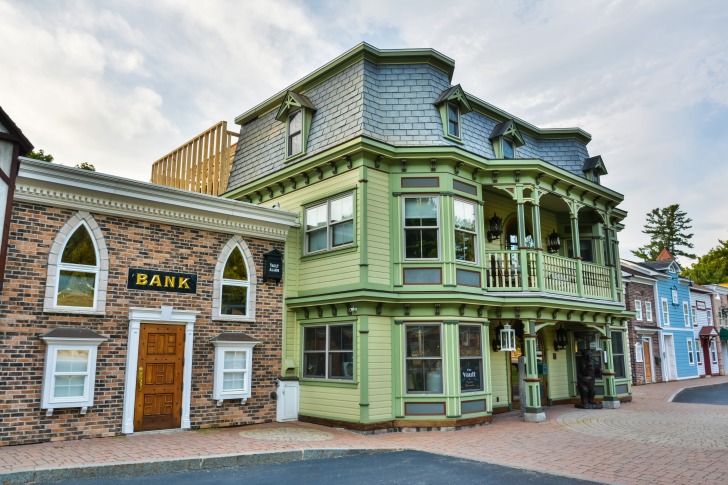
Conway (Carroll County)
Population – 10,079 (2021)
Violent Crime Rate – 2.38 per 1,000 residents.
Property Crime Rate – 17.96 per 1,000 residents
Conway is a town that is located on the edge of White Mountain National Park in eastern/central New Hampshire.
Conway’s violent crime statistics are nearly twice New Hampshire’s state levels.
Property crime in this town is approximately 70% higher than state averages.
When traveling in Conway, try not to travel alone at night to minimize opportunistic criminals looking for a mark.
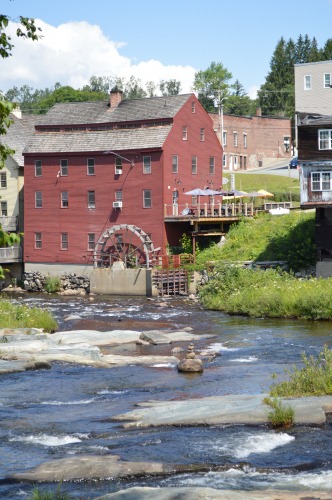
Littleton (Grafton County)
Population – 6,043 (2021)
Violent Crime Rate – 2.32 per 1,000 residents.
Property Crime Rate – 13.57 per 1,000 residents
Littleton is a small city in the central/western part of New Hampshire that is bounded in the north and west by the Connecticut River.
For a city with such small stature, crime rates tend to exceed state levels – even when compared to New Hampshire’s larger cities.
Both crime rates for violent and property rate crimes exceed the relatively safe levels enjoyed by much of the state.
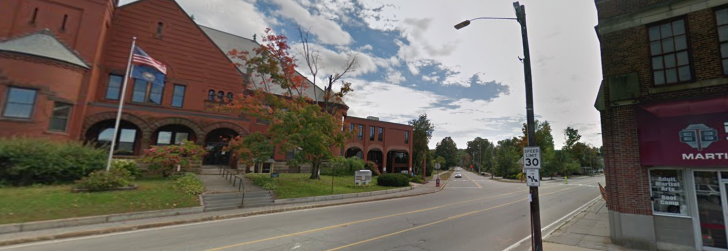
Laconia (Belknap County)
Population –17,025 (2021)
Violent Crime Rate – 2.23 per 1,000 residents.
Property Crime Rate – 24.14 per 1,000 residents
Laconia is a small city that is located between two of New Hampshire’s beautiful lakes – Winnisquam and Winnipesaukee.
Laconia residents and visitors have nearly twice the chance of being a victim of a violent crime than in the rest of the state.
Property crime statistics in Laconia show that the rate of crime in that regard is about 2.5 times the state average and about 30% above state averages.

Rochester (Strafford County)
Population – 32,869 (2021)
Violent Crime Rate – 1.86 per 1,000 residents.
Property Crime Rate – 17.75 per 1,000 residents
Rochester is a medium-sized city, at least in terms of New Hampshire standards.
It has also been one of the fastest-growing cities in New Hampshire over the past two censuses.
Violent crimes happen about 50% more often in Rochester than in other cities in the state.
Property crime in the Rochester area is nearly three times the state’s crime rate.
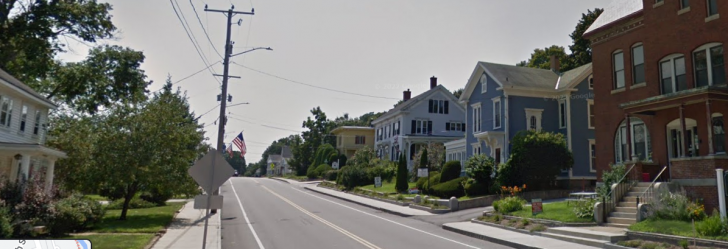
Somersworth (Strafford County)
Population – 12,066 (2021)
Violent Crime Rate – 1.49 per 1,000 residents.
Property Crime Rate – 25.44 per 1,000 residents
Somersworth is the smallest of the thirteen cities within New Hampshire’s boundaries but is rich with history, having been originally settled before 1700.
Somersworth has some of the highest property crime rates in the state – 2.5 times the state average and a statistic that exceeds national statistics by 30%.
The city of Somersworth’s crime per square mile is exceptionally high – nearly ten times the New Hampshire overall state average.

Concord (Merrimack County)
Population – 44,006 (2021)
Violent Crime Rate – 1.36 per 1,000 residents.
Property Crime Rate – 16.82 per 1,000 residents
The capital city of New Hampshire is Concord, although it is the third-largest of the Granite State’s cities.
The city is home to the state’s only law school and an old cemetery that serves as Franklin Pierce’s final resting place.
In terms of property crimes, the city hits the top ten list for New Hampshire.
Concord’s overall crime per mile is three times the state average.

Keene (Cheshire County)
Population – 23,106 (2021)
Violent Crime Rate – 1.21 per 1,000 residents.
Property Crime Rate – 16.79 per 1,000 residents
Keene is a city in southwest New Hampshire that is also the Cheshire County seat.
It is a charmingly beautiful city that is home to two institutions of higher education.
For a small city, Keen’s property crime rate is significantly higher than the state average.
In addition, the city’s overall crime rate – per square mile is nearly three times the state average.

Hooksett (Merrimack County)
Population – 15,127 (2021)
Violent Crime Rate – 1.12 per 1,000 residents.
Property Crime Rate – 10.31 per 1,000 residents
Hooksett is a town in Merrimack County that is situated along the Merrimack River, with the town boundaries entirely within the river’s watershed that is home to a National Historic Landmark – Robie’s Country Store.
It is home to Southern New Hampshire University, which often brings scammers looking for young inexperienced targets.
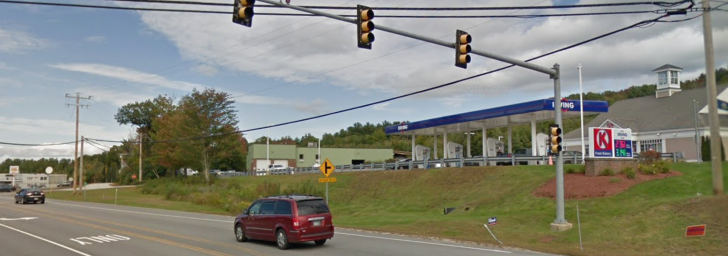
Belmont (Belknap County)
Population – 7,380 (2021)
Violent Crime Rate – 1.08 per 1,000 residents.
Property Crime Rate – 13.01 per 1,000 residents
Belmont is a small community that was developed initially as mill two using water from the nearby Tioga River.
Its rate of property crime ranks among New Hampshire’s highest.
There were more than 100 property and violent crimes in the past year in a small town.
Belmont’s property crime rates are 30% higher than the state average.
5 Safety Tips for Traveling to New Hampshire
- Despite being one of the safest states, New Hampshire residents and visitors are prone to scams – especially digital ones. Scammers are creative and are always trying to introduce a new angle to an unsuspecting individual. Stay alert and research the area for potential scam alerts issued by authorities.
- Share your travel itinerary with a few trusted friends or family members.
Make sure a few people have a general idea of where you will be during your New Hampshire jaunt. This way, should they need to contact you, they will have a good vantage point from which to start. - New Hampshire is a mountainous winter wonderland, which means winters can be brutal. While the average snowfall in New Hampshire is an impressive five feet, the reality is that certain pockets – especially higher elevations, receive significantly more snow than coastal New Hampshire. For example, New Hampshire’s highest peak – Mount Washington in the White Mountains – has the snowiest U.S. locations – averaging more than 23 feet each year.
- Your best defense is an offense – stay alert and vigilant to where you are going and your surroundings.
If walking alone or in unfamiliar territory, walk with purpose and confidence. Avoid wandering and fussing with a map as that telegraphs to would-be criminals that you are not paying attention to anything but trying to avoid getting lost. It is best not to wander about, looking confused while reading a map. - Drive the speed limit as state police monitor speeding throughout the state. Pay attention to posted speed limits. Speeding is not only illegal; it is against the law. Remember that New Hampshire has no state income or sales tax. Much of its revenue comes from state-run packie (liquor stores), the lottery, the racetrack, legal fines, and more.
New Hampshire Safety Overview
READ THE FULL REPORT: New Hampshire Safety Review
Safety Index:
- OVERALL RISK: LOW
- TRANSPORT & TAXIS RISK: LOW
- PICKPOCKETS RISK: LOW
- NATURAL DISASTERS RISK: LOW
- MUGGING RISK: LOW
- TERRORISM RISK: LOW
- SCAMS RISK: MEDIUM
- WOMEN TRAVELERS RISK: LOW
Frequently Asked Questions
Which county in New Hampshire offers the lowest cost of living?
According to MIT data, Hillsborough is the county in the state of New Hampshire with the lowest cost of living.
Is New Hampshire a state that is prone to severe weather?
The state’s extreme northern and western parts are the colder areas of the state as the weather is not moderated by the Atlantic Coast water temps and winds.
However, New Hampshire can experience severe cold, impressive amounts of snow, ice storms and nor-easter events, and more.
What airports service New Hampshire?
The closest large airport to the south is Boston’s Logan Airport.
The airport in Portsmouth is also international.
Other regional airports include Manchester-Boston Regional and Lebanon Municipal.
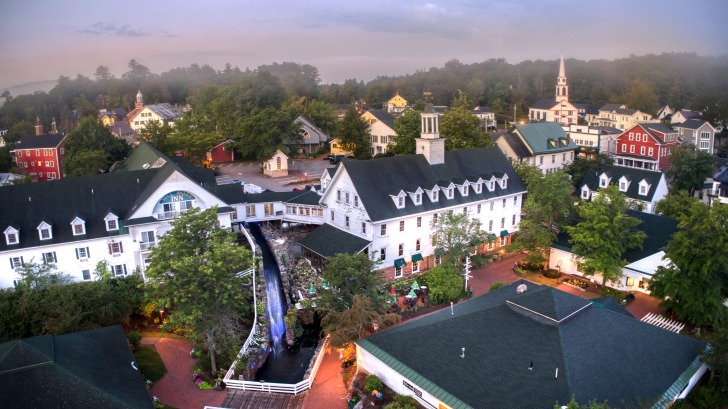











Portsmouth, for instance, has seen a rise in certain types of crime, particularly property crime and occasional violent incidents. However, the city is actively addressing these issues through increased police presence and community engagement programs. Portsmouth’s local government has also been working on initiatives to combat drug-related crimes and improve overall community safety. Despite these challenges, Portsmouth remains a charming city with a rich history, vibrant culture, and strong community spirit. Efforts to enhance safety are ongoing, and many residents actively participate in making their neighborhoods safer.